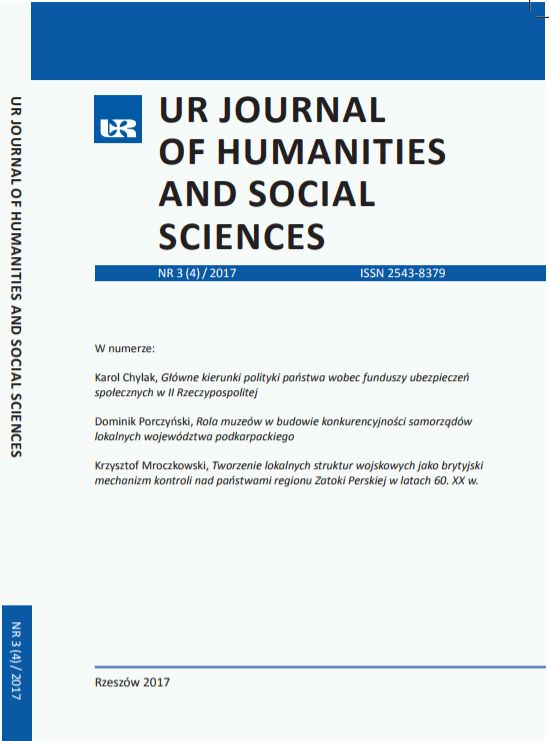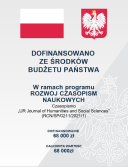Wpływ przemian kapitalistycznych na strukturę społeczną mieszkańców Pińczowa w latach 1870–1939
DOI:
https://doi.org/10.15584/johass.2017.3.1Słowa kluczowe:
kapitalizm, demografia, Pińczów, przemiany społeczne, struktura zawodowa ludnościAbstrakt
Rozpatrując transformację społeczno-zawodową mieszkańców Pińczowa, która dokonywała się w latach 1870–1939 pod wpływem przemian kapitalistycznych, należy zwrócić uwagę na intensyfikację bodźców polityczno-gospodarczych. Momentem przełomowym było zapoczątkowanie w 1864 r. procesu uwłaszczania chłopów, co wiązało się z zerwaniem z dotychczasowym ładem społecznym. Uwolnienie miast spod zarządu właścicieli i przekazanie ich w ręce władzy municypalnej zakończyło ekonomiczne uzależnienie od szlachty (późniejszego ziemiaństwa). Pozostałości gospodarki feudalnej ustąpiły nowym zasadom – kapitalistycznym.
Przykład Pińczowa to obraz tworzenia się społeczeństwa kapitalistycznego w realiach drobnomieszczańskich. Ewoluowała przede wszystkim liczba ludności, której wahania wiązały się z kryzysami wojennym (I wojna światowa) oraz ekonomicznymi (m.in. wielki kryzys gospodarczy, klęski nieurodzaju). Na skutek tych zawirowań zmieniał się również profil demograficzny mieszkańców Pińczowa. Jego społeczność z dynamicznie rozwijającej się w XIX w. przekształciła się w starzejącą w okresie międzywojennym. Kapitalizm był jednak najbardziej widoczny w strukturze zawodowej mieszczan. Zanikały warstwy oraz zawody, które nie nadążały za postępem gospodarczym. Masowa, fabryczna produkcja tanich wyrobów i ich wprowadzenie na rynek regionalny zagrażały miejscowemu rękodzielnictwu. W administracyjno-usługowym Pińczowie dominowała grupa urzędników, kupców oraz rzemieślników, którzy w zmieniających się realiach ekonomicznych byli zmuszeni dostosowywać wiedzę, umiejętności, asortyment do potrzeb lokalnej społeczności. Dyktat tradycji w cechach rzemieślniczych zaczął ustępować kalkulacji ekonomicznej, która wymagała szybkiego kształcenia specjalistów.
Downloads
Pobrania
Opublikowane
Jak cytować
Numer
Dział
Licencja
Prawa autorskie (c) 2017 Wydawnictwo Uniwersytetu Rzeszowskiego

Utwór dostępny jest na licencji Creative Commons Uznanie autorstwa – Użycie niekomercyjne 4.0 Międzynarodowe.



